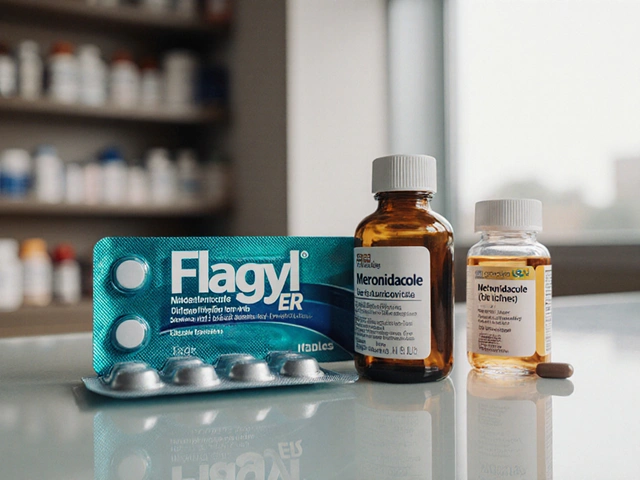Lithium Monitoring: Simple Steps to Keep Your Levels in Check
If you’re taking lithium for mood stability, regular monitoring is a must. It sounds scary, but the process is straightforward and helps avoid side effects. Below we break down why you need blood tests, how often they should happen, and what to watch for at home.
Why Blood Tests Matter
Lithium works best in a narrow range – usually 0.6 to 1.2 mEq/L. Below that, it may not help mood; above it, you risk tremors, nausea, or even more serious problems. A blood draw tells you exactly where you sit in that window, so your doctor can adjust the dose.
When and How to Get Tested
Most doctors ask for a test 5‑12 hours after your last dose. This timing gives the most accurate reading. In the first few weeks, you might test every week, then every month once you’re stable. Your lab will draw a small vial of blood – it’s quick and painless.
Keep a calendar or phone reminder for these appointments. If a test is delayed, tell your doctor; they might ask you to hold off on the next dose until the result comes back.
Spotting High or Low Levels at Home
High lithium can cause shaky hands, excess thirst, frequent bathroom trips, or blurry vision. Low lithium often feels like the medication isn’t working – mood swings may return. If you notice any of these signs, call your prescriber right away.
Don’t try to guess your level; only a blood test gives the real picture. But noting symptoms helps your doctor decide how fast to tweak the dose.
How Diet and Other meds Influence Lithium
Salt intake matters. Too much salt can pull lithium out of your blood, lowering the level. Too little salt does the opposite. Aim for a consistent amount of salty foods each day – no drastic changes.
Some over‑the‑counter meds, like NSAIDs or diuretics, can raise lithium levels. Always list every supplement or drug you take when you talk to your doctor.
Tips to Make Monitoring Easier
Write down each test result in a notebook or app. Include the date, the exact number, and any symptoms you felt. Over time you’ll see patterns and know what works for you.
If you miss a dose, take it as soon as you remember – unless it’s close to the next scheduled dose. In that case, skip the missed one and continue as normal. Never double‑up.
Stay hydrated but avoid extreme fluid swings. Drinking a glass of water with each dose helps keep the balance steady.
Talking to Your Doctor
Bring your symptom log and any questions to each appointment. Ask how the current level matches your treatment goals and whether the dose needs changing.
Remember, lithium monitoring is a partnership. With regular tests, a steady diet, and open communication, you’ll keep the medication working while minimizing side effects.
Keep these steps in mind, set reminders, and track your results. Monitoring may feel like extra work, but it’s the key to safe, effective lithium therapy.





